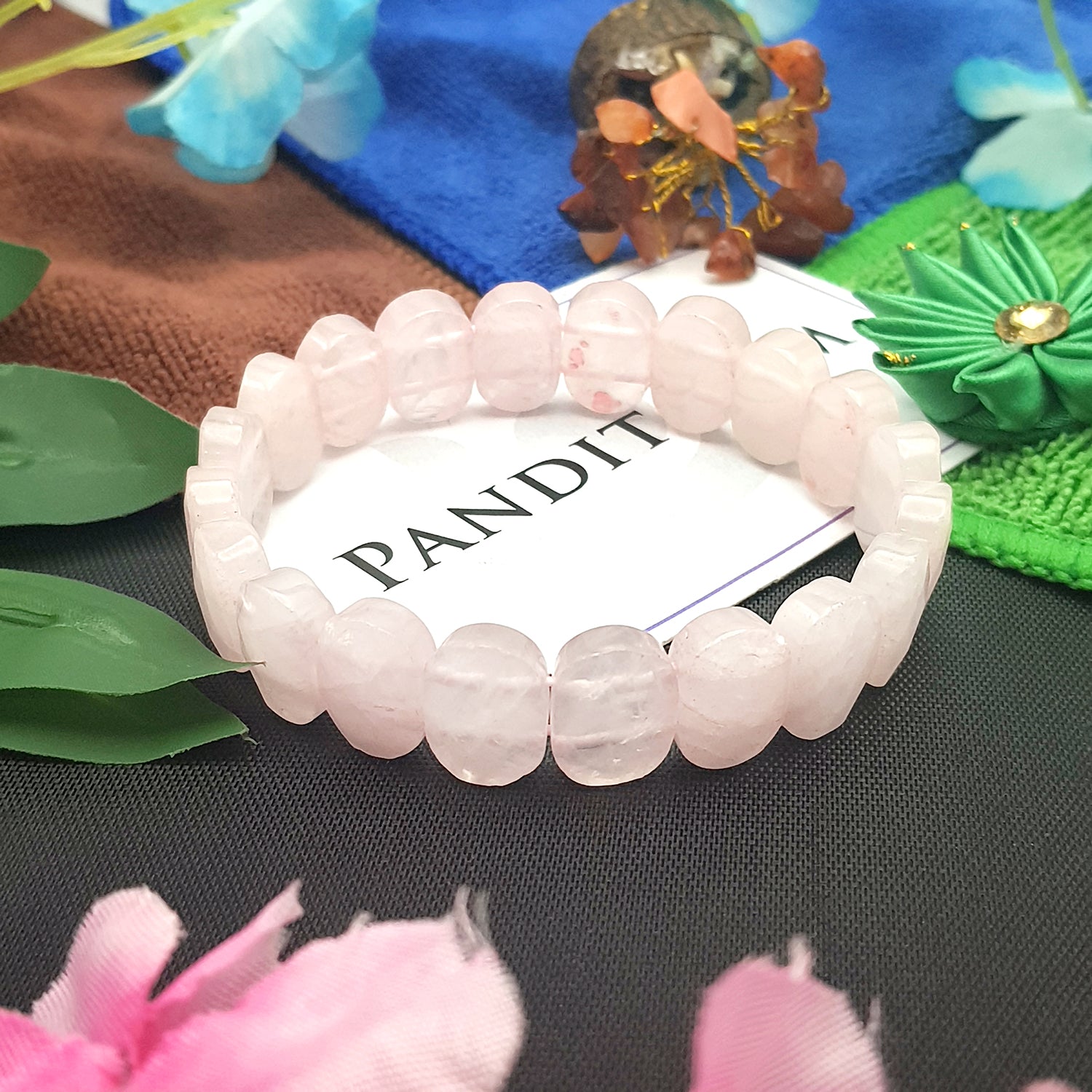You might have heard about Ganga Dussehra, which we will celebrate on the 5th of June this year. A great sacred story is associated with this event that showcases the purity, spirituality, and reality of life itself. We will elaborate on the story behind it in this informational blog for you about how the Goddess Ganga came to earth.
But here we will get to know about Goddess Ganga a little bit before. So, let’s take a look:
The Goddess Ganga: A Holy River For Divine Blessings
Goddess Ganga, the Ganga Maa, is a sacred river in Hinduism that symbolizes purity, sanctity, and life. It descended to earth through the Lord Shiva’s locks to save the earth from her forceful fall. One who takes a bath in the Ganga River is considered to become free from his or her sins and attain salvation (Moksha).
It is also believed that the Ganga River helps in inner soul cleansing or eliminating problems related to health. So, whoever worships the divine Ganga or takes a bath in the sacred river is blessed with the abundance of grace, and the person becomes grateful for the whole life and after.
It’s because of this that people worship Goddess Ganga and celebrate Ganga Dusshera with utter devotion, following all the rituals and right practices.
Let’s have a look now at the divine story of Ganga underneath:
The Story of Goddess Ganga: How it Came on Earth
In Hindu mythology, it’s the very profound story of Goddess Ganga, how she came to earth and cleansed the sins of mankind.
Ganga was originally in the heavens and considered to be the goddess of great power and strength. But if we talk about its visit on earth, then it is an event related to the redemption of a king and the cosmic balance that needed to be restored.
Once there was a king named Sagara who used to rule the Ikshvaku dynasty. King Sagara had a son named Asmanjas, who was cruel and an unrighteous being. But the king’s lineage also included other sons too, named Bhagiratha, who was a righteous and kind person.
King Sagara wanted to perform Ashwamedha Yajna to make a horse sacrifice that would assert his supremacy over the kingdoms. But during the ritual, a disaster happened when the horse was stolen by the God of death, Yama.
King Sagara sent his 60,000 sons on a quest to find the horse and traced the animal to the sage of Kapila, who was meditating in a secluded area. The sons, after misunderstanding the situation, insulted the sage. In a fit of rage, Kapila cursed them and they were all turned to ashes.
The Penance Of Bhagiratha
Watching all this, Bhagiratha, the great-grandson of King Sagara, took it upon himself to redeem his ancestor’s souls. He wanted to bring the Ganga river down on earth so that it could purify the ashes of 60,000 sons and free them from the curse. Bhagiratha started a long and difficult journey of penance and praying to Ganga Maa to descend down from the heavens.
So, when it was about to come down to earth, Bhagiratha was tense about the hard flow of the Ganga River, which can overwhelm the entire world, washing everything in its path.
Therefore, Bhagiratha took the help of Lord Shiva, who is well-known for his control over nature. Lord Shiva agreed and asked Ganga to descend, as it would flow through his matted hair, which would prevent the force from destroying the Earth.
Ganga then safely came down to Earth and the holy waters washed over the sins of 60,000 sons of King Sagara, freeing their souls from the curse. It’s because of this event too that the Ganga River is considered sacred and is worshipped by people, especially in places like Haridwar, Varanasi, and Rishikesh.
In Conclusion
So, this was everything about the story of how the Ganges river came to earth and its mythological importance too. The story also emphasizes the power of penance, purity, and forgiveness. The waters are holy, and taking a dip in the river can help you feel alive and know the real meaning of life.























